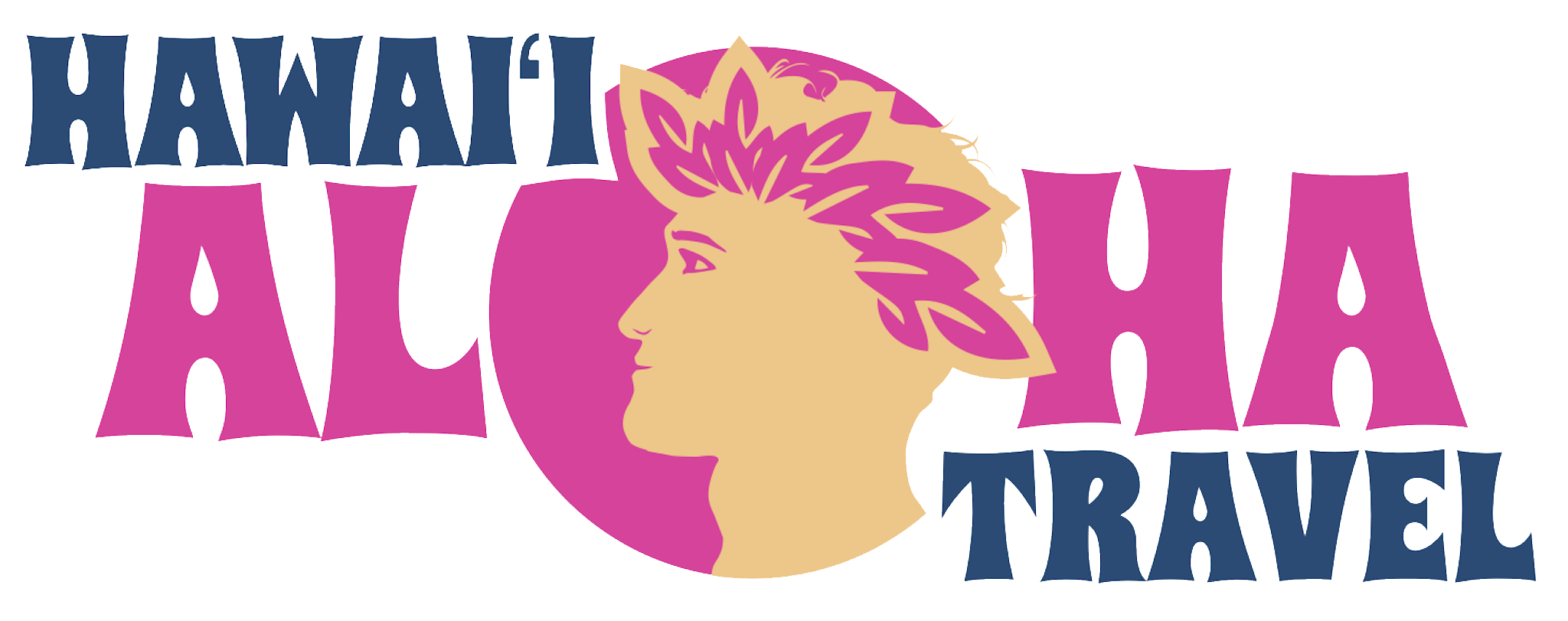Of course you want to bring your drone with you to Hawaii. The islands’ natural beauty is an obvious location to send your favorite vessel into the sky. But before your drone takes flight, you’ll want to know the Hawaii drone laws.
Can You Bring Drones to Hawaii?
Yes, you are welcome to bring your recreational unmanned aerial vehicles (UAV), or drones, along on your Hawaii vacation. You’ll just want to know the Hawaii drone laws first.
The use of drones for both recreational and commercial purposes has grown rapidly in recent years. The affordability and user-friendly technology of the devices have created a massive global community of enthusiasts and professionals. Drones are being put to use not only for fun, but for many and varied commercial purposes all over the world.
Do you need a Special Permit For a Hawaii Drone?
You don’t need a special permit for recreational drone usage in the state of Hawaii. However, there are many restricted and prohibited areas for drone use. You do need a permit for commercial drone use in Hawaii, like if you’re taking real estate footage or making money off your work.
But you must register your drone (recreational or commercial) with the FAA. This is federal law. Recreational drones are those weighing under 55 lbs
Professional Advice for Flying in Hawaii
Hawaii-raised professional photographer and videographer Pat Myers became interested in drone technology while working with big wave surfing icon Mark Healy. We thought he would be a great source as someone who has navigated Hawaii drone laws for many years.
“I was first introduced to aerial photography and video in 2013 when I was working with Quiksilver,” he says. “I was working with Mark, who had a friend that had a drone and who needed someone to operate the camera gimbal while he operated the drone. And I was always trying to find a creative, alternate angle, and it was then that I knew the aerials were going to be a game changer for so many visual avenues.”
As for commercial usage, Myers says, “I was required to get my 107 remote pilot license from the FAA, which allows a pilot to use drone media for commercial purposes. The permits are usually handled by the clients and location scouts, or one can personally contact the local Air Traffic control to get permission to fly within a controlled air space for specific reasons.”
From home videos to surf flicks, from real estate to retail advertising, video and images from drones have become an industry standard. Essentially a military technology, the strategic, tactical, and practical applications of drones and the images they provide are undeniable.
“Some advice I would give to Hawaii visitors would to be conscious and courteous. It is illegal to fly within national parks and over people in public,” says Myers. “The drones are fun, and they are a great way to capture memories of a vacation. But they can also be an annoyance to people that might find them invasive. An FAA app called b4ufly is a great resource to learn about air space classes and restricted areas.”
Hawaii Drone Laws: Where You Can’t Fly
Drone use areas are cautionary, restricted, or prohibited in the state of Hawaii. You can’t fly in most populated areas. This means you’ll need to clear a variety of legal hurdles to operate your drone in such locations. You can’t just launch a drone over Waikiki Beach, for instance.
Federal fines for recreational violations can reach $27,500. Commercial violations can cost up to $250,000. Drone use in Hawaii near airports, military installations, prisons, and crisis and disaster areas is prohibited for reasons that should be obvious to anyone smart enough to operate a drone in the first place.
The least restricted, cautionary areas for recreational drone use are in remote areas of every Hawaiian island. For the recreational drone enthusiast, this shouldn’t pose much of a problem. Hawaii’s remote areas are among the most beautiful locales in all the world.
Hawaii drone laws also have restrictions for other locations. You can’t operate a drone in a state park, and use at Kilauea Volcano is highly restricted. So don’t bring your drone along to Hawaii Volcanoes National Park, expecting to fly it over the lava fields.
Our Favorite Places to Fly Drones in the Islands

Ready to bring your drone along for your Hawaii vacation? Here are a few favorite places to fly:
- Hanauma Bay on Oahu
- Nakalele Blowhole on Maui
- The Hamakua Coast on the Big Island
Want help visiting the most drone-worthy locales in Hawaii? Contact Hawaii Aloha Travel to plan a scenic vacation that you’ll want to document and rewatch for years!




